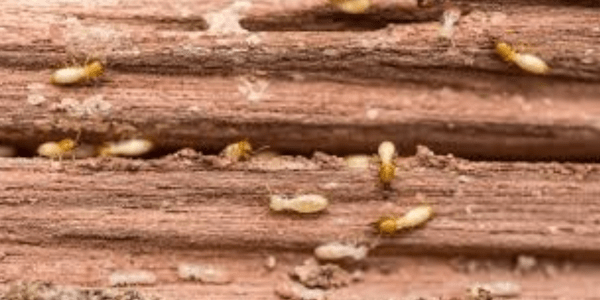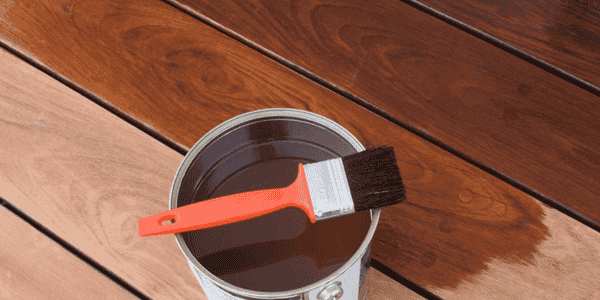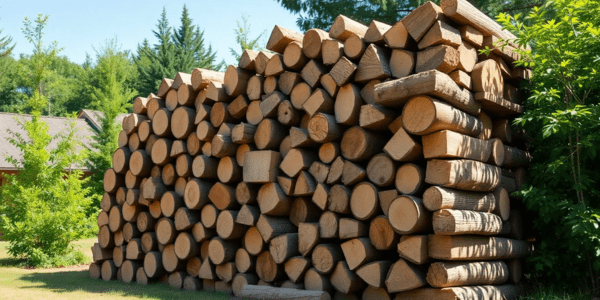Termites are one of the most destructive pests for wooden structures, causing billions of dollars in damage worldwide each year. Homeowners and builders often turn to pressure-treated wood as a defense against these pests. But a common question still arises: Do termites eat pressure-treated wood? The answer is not a simple yes or no. This article breaks down the science behind pressure-treated wood and termite behavior to give you a clear, fact-based understanding.
What Is Pressure-Treated Wood?

Pressure-treated wood is lumber that has been infused with chemical preservatives under high pressure to protect it from rot, fungi, and insects—including termites. Common preservatives include:
- Alkaline Copper Quaternary (ACQ)
- Copper Azole (CA)
- Micronized Copper Azole (MCA)
These compounds are designed to repel termites and other wood-boring insects by making the wood toxic or unpalatable to them.
Can Termites Eat Pressure-Treated Wood?
Technically, yes—but with limitations.
Termites can chew into pressure-treated wood, especially if:
- The wood has aged or weathered, causing the chemicals to break down over time.
- The wood has cuts, holes, or cracks that are untreated or exposed.
- The wood is constantly moist, which can leach out preservatives and make it more vulnerable.
- The soil line is too close to or in contact with the wood, giving termites direct access.
While pressure-treated wood is far more resistant to termite damage than untreated wood, it is not completely termite-proof.
Why Termites Still Target Pressure-Treated Wood
- Searching for Weaknesses: Termites are persistent and often explore pressure-treated wood for untreated spots, such as cut ends or drilled holes, which lack preservative protection.
- Moisture Attraction: Termites are drawn to moisture. If pressure-treated wood remains damp over time, it becomes more susceptible to infestation as the chemicals leach out.
- Aging Wood: Over the years, exposure to sunlight and rain can reduce the effectiveness of the chemicals in the wood, making it more palatable to termites.
Preventing Termite Damage in Pressure-Treated Wood
To maximize termite resistance:
- Seal all cuts and holes with a wood preservative to maintain chemical protection.
- Avoid direct ground contact unless the wood is rated for ground contact use.
- Maintain good drainage around structures to prevent water accumulation.
- Keep wood dry and ensure proper ventilation in crawl spaces and basements.
- Use termite barriers or soil treatments as an added layer of protection.
When to Use Pressure-Treated Wood
- Outdoor projects: Decks, fences, garden beds, and retaining walls.
- Structural elements: Posts, beams, and framing—especially where wood contacts the ground.
Pressure-treated wood is an excellent deterrent, but it should always be part of a broader termite management plan.
Conclusion
While pressure-treated wood is designed to resist termites, it is not completely immune to them. Over time, environmental factors and construction flaws can make even treated wood vulnerable. To protect your investment, combine pressure-treated lumber with proper construction practices, regular inspections, and pest control measures. This approach ensures long-term durability and peace of mind in termite-prone areas.

